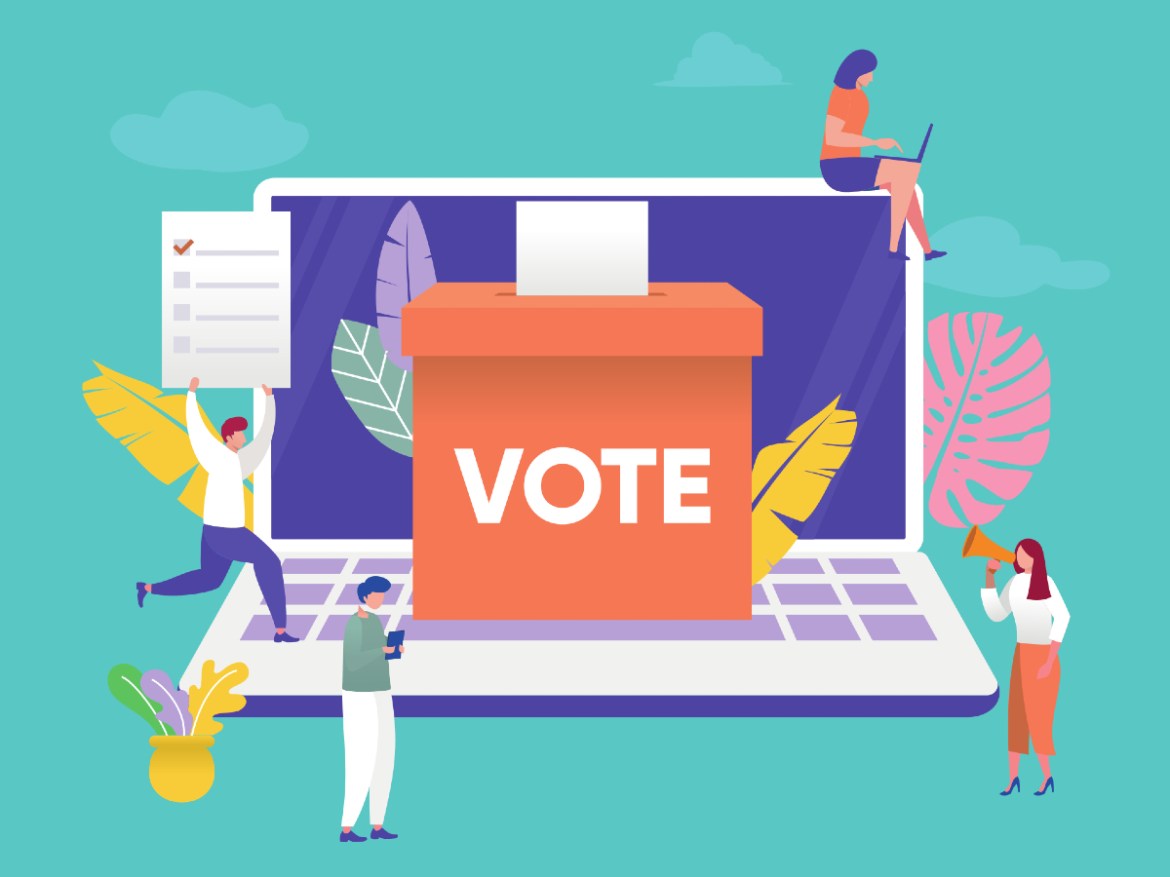Time is ticking, you guys! The voter’s registration is almost at its tail end, and if you’re a qualified registrant, it’s really important that you don’t miss it. FYI, the last day to register for the 2022 elections is still September 30, 2021. But, registration hours are now extended, as announced by the Commission on Elections (COMELEC).
Starting August 23, 2021, registration would now run from 8 a.m. to 7 p.m. from Mondays to Fridays, and then from 8 a.m. to 5 p.m. on Saturdays as well as on holidays.
Now, how do you know whether you’re qualified to register? There are two major qualifiers set by the COMELEC: You have to be at least 18 years old by May 9, 2022, election day; and you have to be a Philippine resident for at least one year and a resident of your area for six months prior to May 9 as well.
To help you out, below is a step-by-step guide on the registration process:
- Accomplish the required forms
To date, there are three forms that would allow an individual to register, all of which can be downloaded online: Application Form for Registration, Supplementary Data Form, and Health Declaration Form.
The most important of all is the Application Form for Registration. You can accomplish it online through iRehistro, COMELEC’s online service. When you fill out the form, you can also set an appointment right then and there—simply choose the place you wish to register, along with your preferred date and time. Remember to print three copies of your online registration form, because the local election officials will need to scan the code found in the document.
Aside from filling out the form via iRehistro, you can also just download the application form, print three copies of it, and accomplish them at home before going to the registration site. But, make sure not to sign or affix your thumb mark yet because you have to do it as instructed by a local election official.
The Supplementary Data Form, meanwhile, is not for everyone to accomplish. It’s for people with disabilities, as well as individuals belonging to indigenous cultural communities so they can indicate the assistance they need on election day.
These forms, along with the Health Declaration Form, are available at the local COMELEC office as well, so you can just go there directly, fill out the forms, and file your application straightaway.
- Prepare a valid ID
Of course, you need something to prove your identity. Don’t go through the hassle of lining up only to not have a valid ID to present when it’s already your turn. You only need one valid ID, but make sure to have at least one photocopy of it with you.
See the list of the accepted valid IDs:
- Philippine Identification Card (PhilID)
- Postal ID
- PWD Discount ID
- Senior Citizen’s ID
- Driver’s license
- NBI clearance
- Passport
- SSS/GSIS ID
- Integrated Bar of the Philippine (IBP) ID
- License issued by the Professional Regulatory Commission (PRC)
- Certificate of Confirmation issued by the National Commission on Indigenous Peoples (NCIP) in case of members of ICCs or IPs
- Employee’s identification card (ID), with the signature of the employer or authorized representative
- Student’s ID or library card, signed by the school authority
If in any case you have none of these, you have to prove your identity through a declaration by a registered voter of the same precinct you’re applying for, or a relative “within the fourth civil degree of consanguinity or affinity.”
- File application at the local COMELEC office
With your forms and ID in hand, the next step is to go to the local COMELEC office, or the Office of the Election Officer, which is located at the city hall or the municipal hall.
The process is pretty much just this: You submit your forms to the local election official, follow their instructions, and have your biometrics recorded.
FYI, COMELEC has launched satellite registration sites to encourage more people to register, and to avoid influx of people in a single place, which isn’t really ideal in the new normal. However, the availability of these sites changes based on the current imposed restrictions, so it’s best to check COMELEC’s Facebook page or website for the latest updates.
- Secure your acknowledgment receipt
Once everything is done, you’ll be given a piece of paper, which is your acknowledgment receipt. Receiving it, however, does not automatically mean that your registration is successful.
To make sure that it indeed pushed through and that you’d have no problems come election day, you can verify the status of your registration by contacting your local COMELEC office. Another way is by accessing COMELEC’s Precinct Finder. Unfortunately, it’s unavailable at the moment, but let’s hope it goes back online before the elections!
Exercise your right to vote both in the local and national elections.



